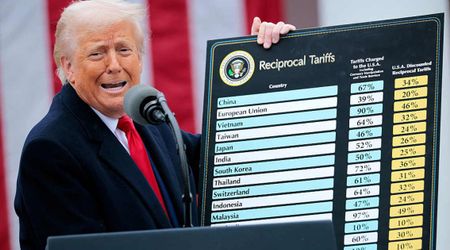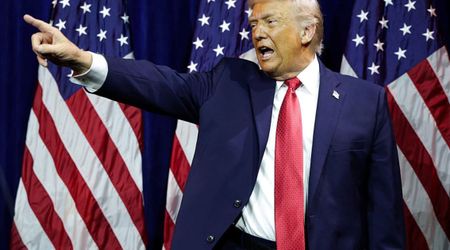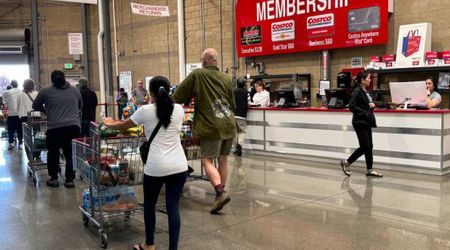How Gig Work Widens The Gap Between Workers And Customers

The gig economy has become a hot topic across the globe. Aided by technology, gig workers make up a significant portion of the employment pool. In the US alone, about 64 million people are working as freelancers or as gig workers on various platforms such as Uber, DoorDash, and more, according to a 2023 Upwork report. But despite its benefits, its downsides are hard to ignore.

What Is a Gig Economy?
A gig economy is a labor market that heavily relies on temporary and part-time workers who are independent contractors or freelancers. As opposed to full-time permanent employees, gig workers have the flexibility and independence to work anywhere anytime. Gig work platforms create substantial value as they allow customers access to convenient food deliveries, rides, and other services at the push of a button.

Such employees enjoy freedom but have to let go of benefits such as job security, consistent pay, labor protections, health coverage, paid vacation time, and more. Thus, a gig model allows employers to save money as well by saving on the associated costs of such benefits.
Downsides of Gig Economies
Gig workers unlike traditional employees have little to no collective representation. Thus, fighting for rights and benefits can be extremely difficult as they are not yet entirely protected by employment laws and regulations.
Furthermore, as competition has increased, the gig economy trend has made it harder for full-time employees to develop their careers since temporary employees are often cheaper to hire and more flexible.

On the other hand, while flexibility can be beneficial, it can also disrupt work-life balance, sleep patterns, and activities of daily life for workers. Flexibility often leads to workers forcibly making themselves available when the gigs come up, regardless of their other needs. They also miss out on developing professional relationships with both fellow workers and customers.
Intricacies of Customer-Worker Relationship in a Gig Economy
As per a Harvard Business Review Report, professional conflicts between companies, workers, and customers have been historically resolved when two of the groups allied to force a change.
Sociologist Robin Leidner coined the term “customer service triangle” in this situation where two of the three critical stakeholders shared an interest in putting pressure on the third. Given how often gig workers are exploited by big companies, such an alliance with customers can help them greatly. Customers can side with the workers and retaliate by boycotting platforms to enforce a change.
However, this model of alliance has not happened in the gig economy. Even when boycotts like #DeleteUber were launched, they had minimal long-term effects. According to HBR, this is because the gig economy business model inherently pits customers against workers.
Customers are most often not aware of the darker underside of the platforms they use as the interactions between them and gig workers are fleeting and highly transactional. Furthermore, the impermanence of the job doesn’t allow gig workers to develop meaningful relationships with customers.
The barrier grows wider when customers are expected to help companies “manage” gig workers, by rating their performance, or by providing feedback on their work. Thus, the gig model is structured in a way that strengthens the alignment between customers and companies.
How to achieve a balance in a Gig Economy?
According to HBR, platforms, and customers need to step up to achieve a balance among the three sides of the triangle. Platforms need to be more transparent about their treatment of employees and their policies by building better digital infrastructure. As for the gig customers, they can make an effort to learn more about the working conditions of gig workers and treat them kindly.
Furthermore, policymakers also have a big role to play, according to an analysis from University of Melbourne. They can help enhance oversight and regulation of gig platforms, invest in urban centers for gig workers like food delivery riders and rideshare workers, raise awareness around the hardships faced by these workers, and formulate tougher penalties for gig worker abuse.























